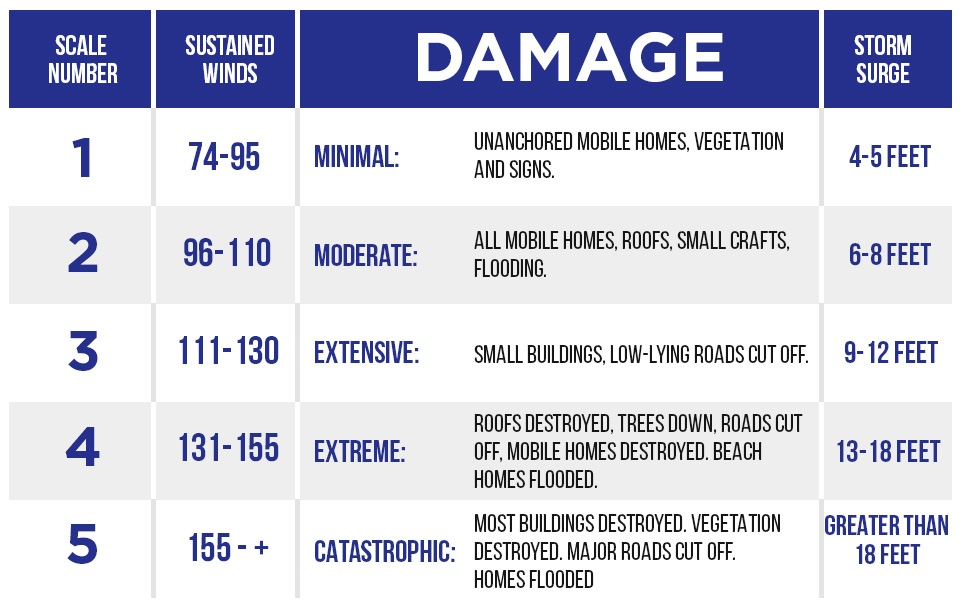What to look for in your Elevator before Storm Season?

As storm season approaches, it’s crucial to ensure that all aspects of your property are adequately prepared, including your building’s elevator. Storms, especially severe ones, can pose risks to elevators, potentially causing damage or malfunctions that could compromise safety. By taking proactive measures and knowing what to look for before storm season hits, you can help keep your elevator and occupants safe. Let’s understand some essential tips for preparing your elevator for storm season.
Understanding the Risks
Before diving into preparation tips, it’s essential to understand the potential risks that storms pose to elevators. Severe weather conditions such as hurricanes, tornadoes, or strong thunderstorms can lead to power outages, flooding, high winds, and debris impact—all of which can impact elevator operation and safety. Being aware of these risks will guide you in effectively preparing your elevator for storm season.
Preparing Your Elevator
1. Conduct Regular Inspections
Regular inspections of your elevator are crucial year-round but become especially important before storm season. Check for any signs of wear and tear, such as frayed cables, loose bolts, or unusual sounds during operation. Addressing these issues promptly can prevent potential problems during storms.
2. Ensure Proper Drainage
Flooding is a common concern during storms, and elevators are susceptible to water damage if not adequately protected. Ensure that your building’s drainage systems are clear and functioning correctly to prevent water from accumulating in the elevator shaft or pit. Consider installing sump pumps or other flood mitigation measures as needed.
3. Secure Outdoor Components
If your elevator has any outdoor components, such as doors or control panels, ensure they are securely fastened and protected from wind and debris. Consider installing storm shutters or covers to shield these components from damage during severe weather events.
4. Backup Power Supply
Power outages are common during storms, so it’s essential to have a backup power supply for your elevator. Consider installing a generator or uninterruptible power supply (UPS) to ensure continuous operation even during power outages. Test your backup power system regularly to ensure it functions properly when needed.
5. Emergency Communication
In the event of an elevator malfunction during a storm, having reliable emergency communication systems in place is crucial. Ensure that your elevator is equipped with emergency phones or intercoms that connect occupants directly to emergency services or building management. Test these communication systems regularly to verify their functionality.
6. Educate Occupants
Educating building occupants about elevator safety procedures during storms is essential for their well-being. Develop and distribute clear instructions on what to do in the event of an elevator malfunction or power outage during a storm. Encourage occupants to avoid using the elevator during severe weather events and to seek shelter in designated safe areas of the building.
7. Emergency Procedures
Establishing clear emergency procedures for elevator use during storms is vital for ensuring occupant safety. Develop protocols for safely evacuating occupants from stalled elevators in the event of a power outage or malfunction. Train building staff on these procedures and conduct regular drills to ensure everyone is prepared for emergencies.
8. Post-Storm Inspection
After a storm has passed, conduct a thorough inspection of your elevator to assess for any damage or malfunctions. Look for signs of water intrusion, debris buildup, or electrical issues that may have occurred during the storm. Address any issues promptly to ensure the elevator is safe for use.
Preparing your elevator for storm season is a critical aspect of ensuring the safety and functionality of your building. When it comes to storm season preparedness, General Elevators is committed to ensuring the safety and reliability of your elevator systems. By following the essential tips outlined in this article, you can help safeguard your elevator against potential risks and keep occupants safe during severe weather events.
By conducting regular inspections, ensuring proper drainage, securing outdoor components, and implementing backup power and emergency communication systems, you can help mitigate risks and keep occupants safe during severe weather events. Educating occupants about elevator safety procedures and establishing clear emergency protocols are also essential steps in storm preparedness.
Remember to conduct post-storm inspections to assess for any damage and address issues promptly. With proper preparation and proactive measures, you can help safeguard your elevator and occupants against the impacts of storm season.


